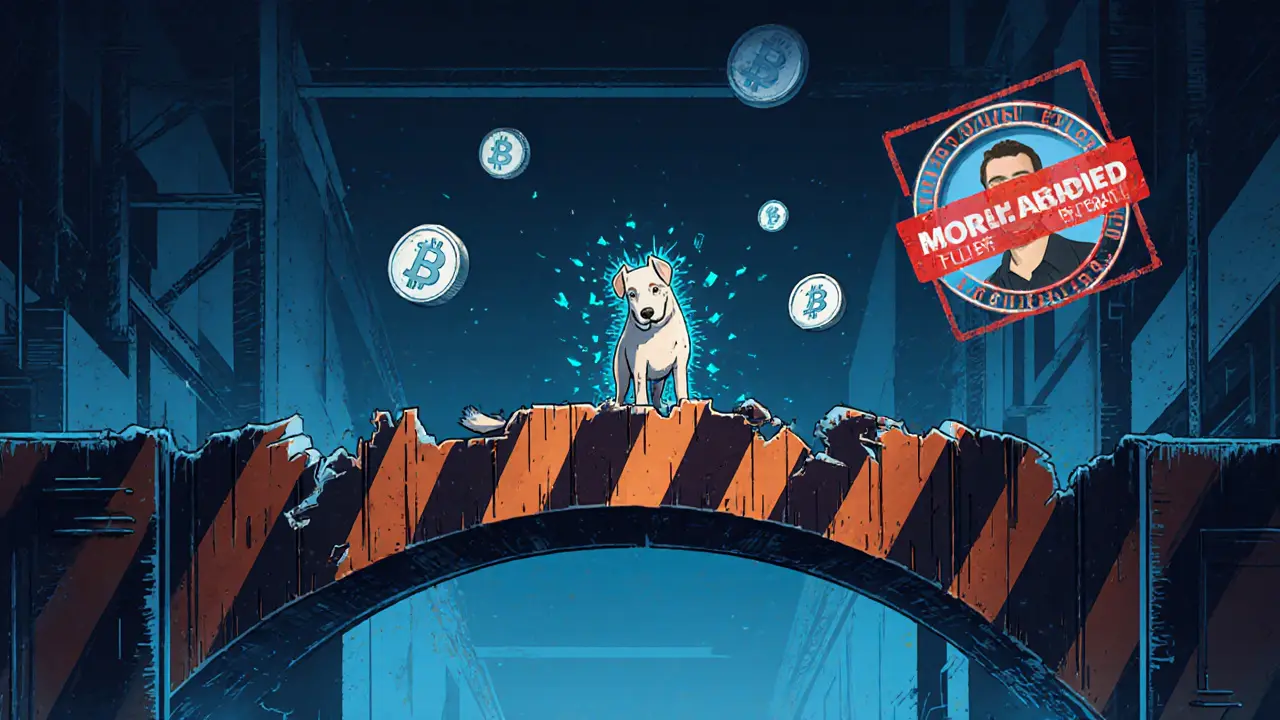
Big Dog (BIGDOG) is a meme coin with no team, no utility, and no real value. Claiming ties to Pepe the Frog's creator, it's a high-risk token with zero liquidity and a market cap under $25,000. Avoid it.
When you hear crypto scam, a deceptive scheme designed to steal your cryptocurrency through fake promises, cloned websites, or impersonated teams. Also known as crypto fraud, it’s not just a risk—it’s a daily threat in a space where anonymity meets greed. Every week, someone loses money to a fake airdrop, a cloned exchange, or a "guaranteed" token that vanishes the moment you send funds. These aren’t rare mistakes. They’re engineered traps, and they’re getting smarter.
Look at what’s happening: fake crypto exchange, a website that looks real but has no team, no security audits, and no customer support. Also known as scam exchange, it’s how Domitai tricked users into depositing crypto that was never meant to be traded. Or take airdrop scam, a lure promising free tokens in exchange for connecting your wallet—only to drain it. Also known as wallet phishing, it’s behind the fake DMC and ORI Orica Token campaigns that copied real project names to fool beginners. These aren’t isolated cases. They’re part of a system that thrives on hype, urgency, and ignorance. The same pattern repeats: a flashy website, a countdown timer, a request to approve a transaction, and then silence. No one responds. No tokens arrive. Your crypto is gone.
And it’s not just new users. Even experienced traders get caught. CrossTower faded after losing credibility. NovaEx promised zero-slippage trading but had no real track record. ZAM TrillioHeirs gave real NFT utility—but others used that same language to sell nothing. The line between legit and fake is thin, and scammers know exactly how to cross it. They copy real project names, steal logos, reuse descriptions, and even fake social media followers. You need to check the team, the code, the history—not just the promise.
What you’ll find below isn’t theory. It’s a collection of real cases—exchanges that vanished, airdrops that never existed, tokens with zero supply, and the exact signs that scream "scam" before you click "connect wallet." You’ll see how Zenith Coin turned into a ghost, how REVV’s old campaign became a template for fraud, and why a $0 meme coin like Based Peaches is still listed as if it’s worth something. This isn’t about fear. It’s about knowing what to look for before you lose what matters.

Big Dog (BIGDOG) is a meme coin with no team, no utility, and no real value. Claiming ties to Pepe the Frog's creator, it's a high-risk token with zero liquidity and a market cap under $25,000. Avoid it.